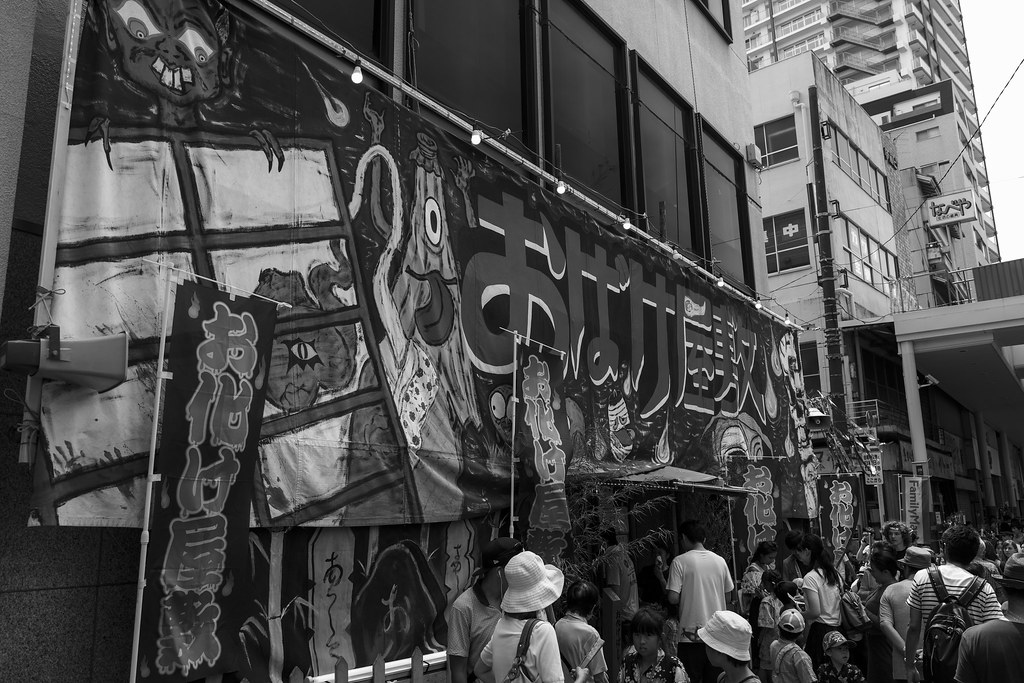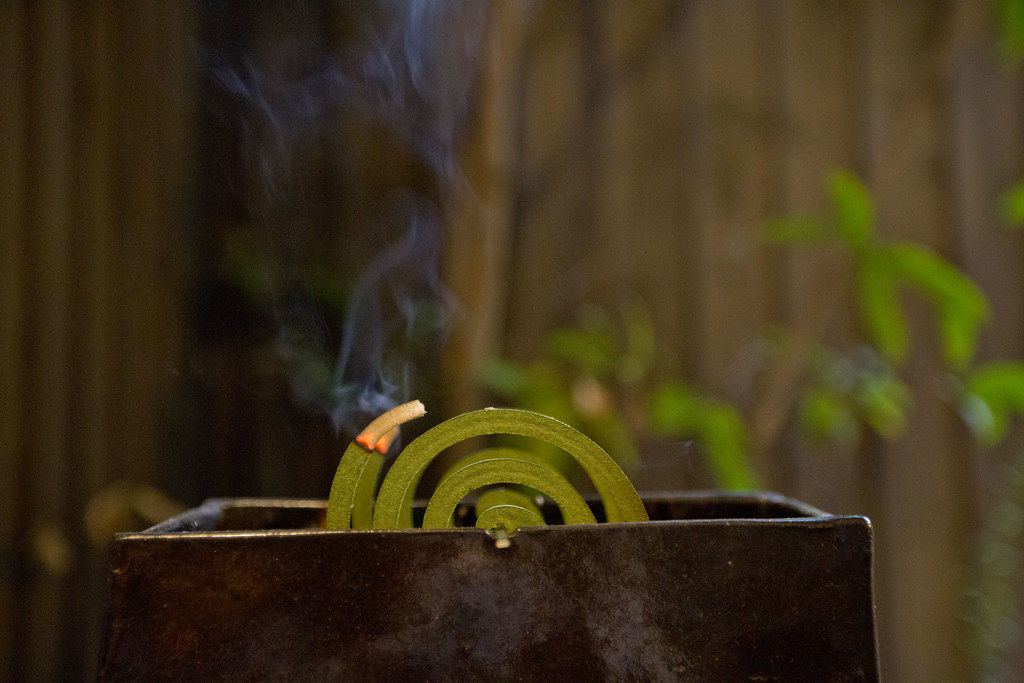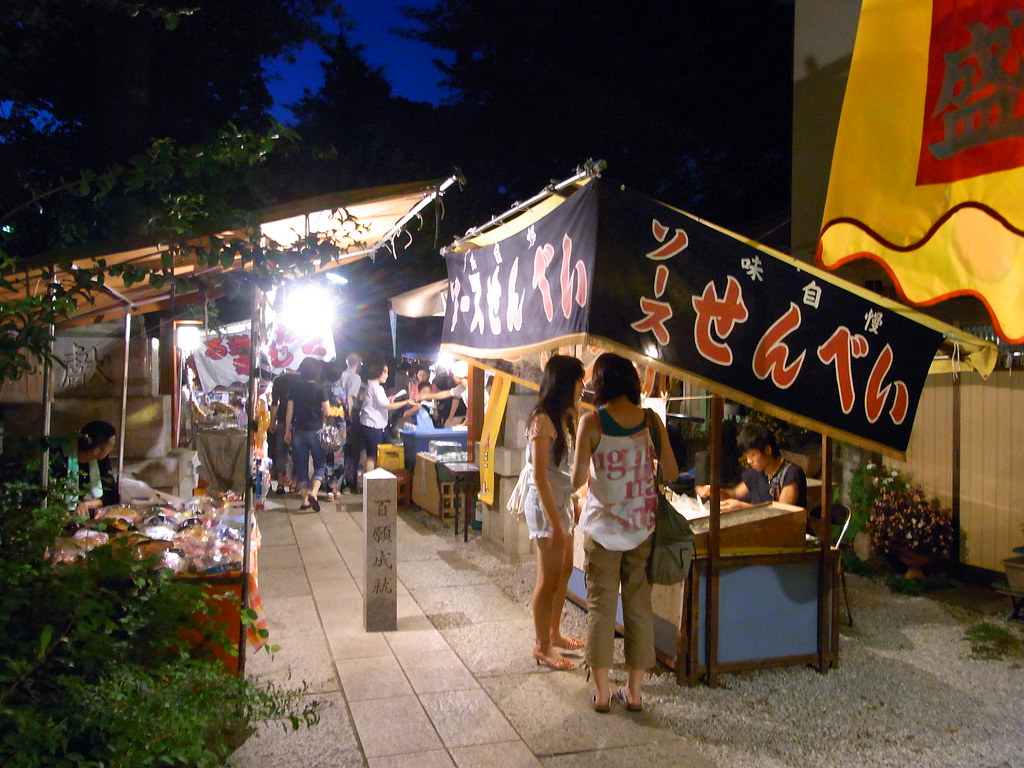10 Unique Summer Traditions in Japan
Summer is a time full of unique traditions in Japan. In western countries we might associate the summer with ice cream, beaches, and barbecues. In Japan, there are all sorts of traditions from food, festivals, and keeping cool during the hot summer months. If you visit Japan during the summer, I highly recommend you to experience all of these traditions!

1. Fuurin (wind bells)- 風鈴

Many Japanese households have a fuurin that they place outside during the summer! Furrin are wind bells that are usually made with glass. It may be a weird concept, but Japanese people feel that the sound of these wind bells makes the air feel cooler. Fuurin will ring at the slightest breeze, making you feel cooler (even if it’s just in your head!)
2. Kakigori (shaved ice) – かき氷

An iconic summer treat is the kakigori. These are shaved ice with syrup on top. The syrup can be in a wide range of flavors such as matcha, strawberry, melon and more. What makes Japanese shaved ice special is that the ice shavings are very soft and thin. Places that specialize in kakigori are particular about the type of water in their pure ice block.
Kakigori has had a very long history in Japan, originating during the Heian period (794-1185). Even today, you can find some places that hand shave the ice and source the ice naturally.
3. Obake yashiki (haunted house) – お化け屋敷

Have you ever had chills while watching a scary movie or going to a scary place? Japanese people love to use this effect during the summer. Haunted houses are popular to cool down and have fun. It’s also the reason why many Japanese horror films are released during the summer.
4. Katori Senkou (Mosquito repellent incense) – 蚊取り線香

The smell of the katori senkou incense is synonymous with the Japanese summer. They are coiled pieces of incense that are burned outside to repel mosquitos. Because of the high humidity during the summer, mosquitos can be a huge nuisance.
5. Natsu matsuri (summer festivals) – 夏祭り

If you’ve watched any Japanese dramas or anime, you may already know about the summer festivals. These are usually related to Shinto shrines and there can be traditional dancing and lots of outside vendors. Summer festivals are a great way to appreciate local Japanese culture.
6. Hanabi (Fireworks) – 花火

Fireworks festivals are extremely popular during the summer months. They are typically held in nearby rivers and called a hanabi taikai, or fireworks competition. They became a popular event around 1733, when the first fireworks festival was held to honor the victims of a terrible famine. Since then, summer has been associated with fireworks all around Japan. You can also find small handheld fireworks that people enjoy outside with friends and family.
7. Yukata (summer kimono) – 浴衣

Summer is also when you’ll see more people wearing traditional Japanese clothes. The yukata is a summer kimono that is especially popular at various traditional summer festivals. Compared to a kimono, it is made of a light cotton material.
8. Suikawari (hitting a watermelon) – スイカ割り

An interesting summer tradition is the suikawari, where people are blind folded and try to break open a watermelon with a stick. It’s popular among kids and at the beach. It’s kind of like a pinata but with a watermelon! In general, watermelon is an important fruit during the summer for Japanese people.
9. Nagashi somen (flowing noodle) – 流しそうめん

Another fun Japanese summer tradition is nagashi somen, where people make a slide out of bamboo and run water. Thin noodles are placed at the top of the slide and people pick up the noodles and eat them. The water slide cools down the noodle fast, which makes it a refreshing summer food and activity.
10. Rajio Taiso (radio calisthenics) – ラジオ体操
Radio calesthenics are popular in Japan, and it is broadcast every morning. The tradition began in 1928 and has stayed ever since. During the summer, school children gather together early in the morning to do these morning exercises. This is why Rajio Taiso is associated with Japanese summer! You can also try these exercises here:
Did any of these summer traditions surprise you? I hope that this article helped to give you some insight into Japanese culture during the summer! Be sure to try these unique summer traditions if you find yourself in Japan. If you’d like more Japanese culture blog content, bee sure to check out
~ Tanuki





